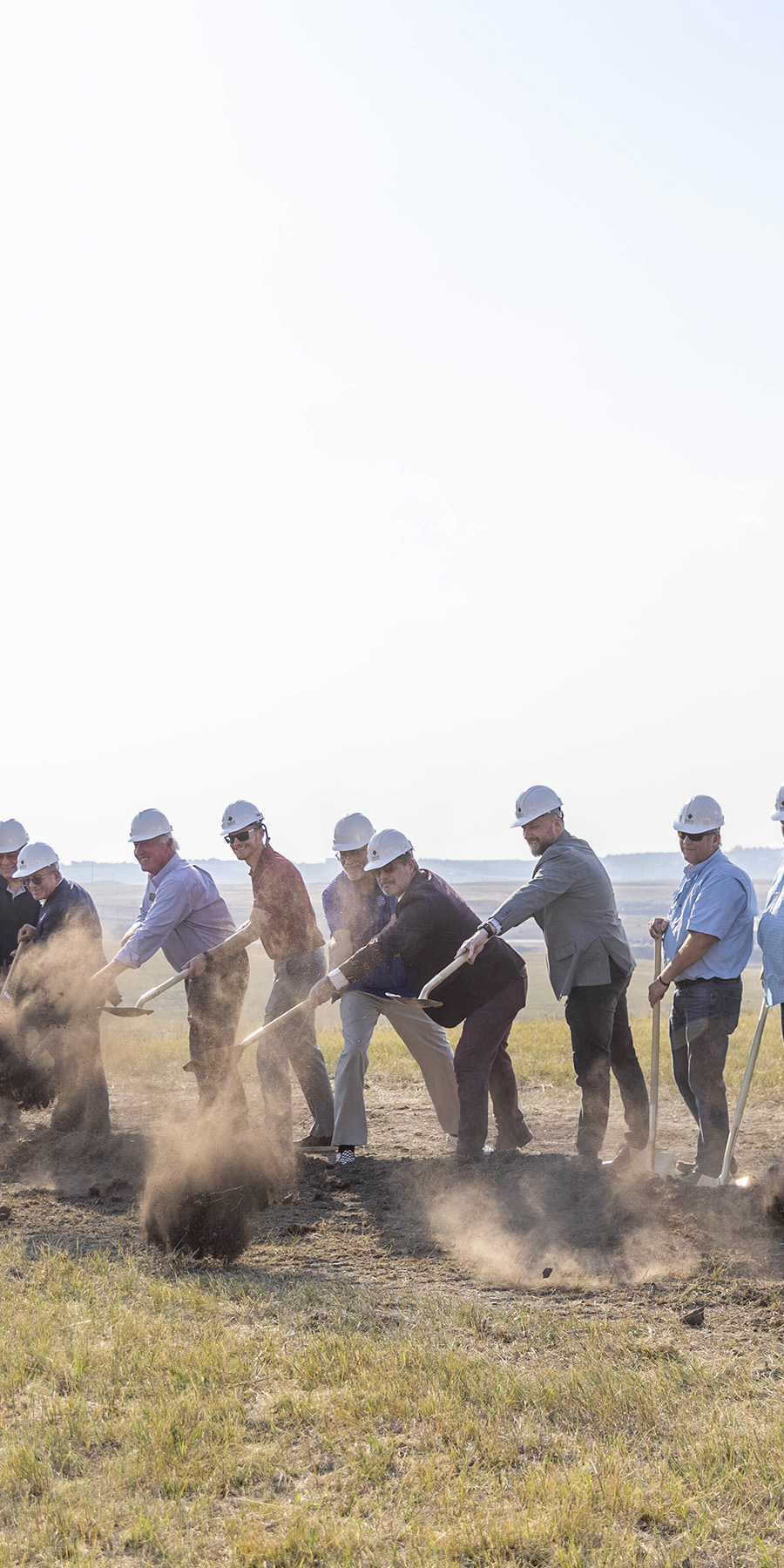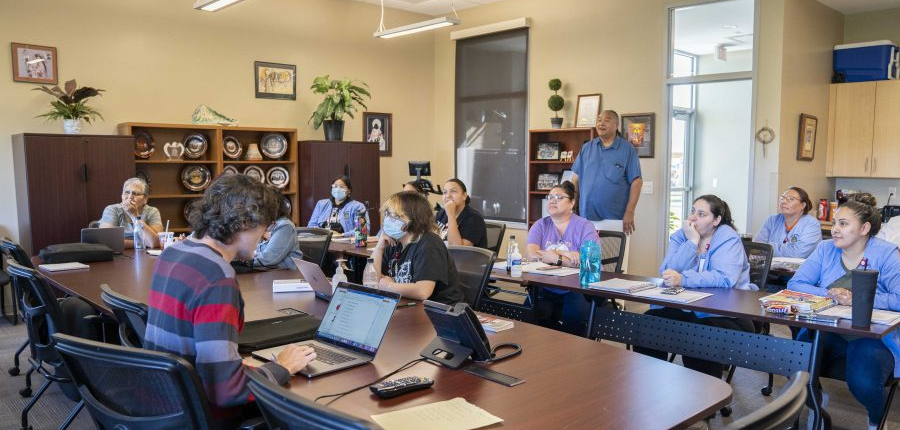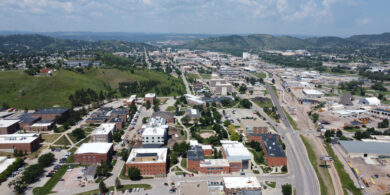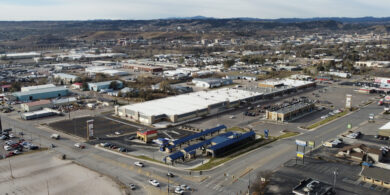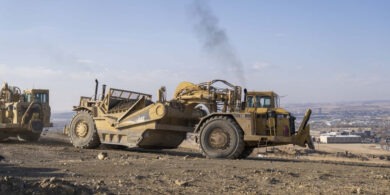Rapid City’s Largest Native American Org Preparing For Growth
October 18, 2022In 2010, Rapid City Central High School’s dropout rate amongst Native Americans was an astonishing 63%. In other words, students of Native descent were more likely than not to call it quits on their high school education. That was until Rural America Initiatives came into the picture. The group led by Bruce Long Fox worked with the school to introduce a mentoring project called Ateyapi, which is Lakota for “fatherhood.” Ten years later, the Native American dropout rate was halved for Central.
It’s an incredible feat but it’s only part of the services offered by Rural America Initiatives and only a piece of Bruce Long Fox’s story.
At nine years old, Bruce found himself in trouble with the law. After vocalizing grim predictions for Bruce’s future, a judge sent him to St. Elizabeth’s Boarding School in Wakpala, South Dakota. Thanks to a teacher who took interest in him, Bruce took a test that revealed he could read at a 10th-grade level and comprehend 9th-grade math. Bruce’s prospects changed instantly, and he eventually went on to attend three years at Dartmouth, graduate with a Bachelor’s and then a Master’s from the University of South Dakota, and serve as the Executive Director for Rural America Initiatives.
Rural America Initiatives began in 1986 and is now the largest and longest-existing Native American organization in Rapid City. Ateyapi is one of the programs offered by the organization, serving 1,000 elementary, middle school, and high school students in the city. Mentors are drug- and alcohol-free leaders knowledgeable about Lakota culture. They help students establish a healthy lifestyle, develop skills, and learn how to be self-sufficient. Ateyapi provides healthy snacks, physical activities, classroom mentoring, and after-school and summer programming. Ninety-three percent of those who participate in the program finish high school.
RAI is also Rapid City’s Native American Head Start program, which serves 154 children from ages zero to five. The service is primarily meant to help families who are moving from the reservation to the city in search of a better life. Those families are often led by single mothers who need childcare so they can work and provide for their children.
“I grew up with a single mom,” said Bruce. “I really identify not only with single moms but with kids that are in trouble with the law or the school system.”
Bruce says the parental demographic RAI’s Head Start serves is extremely hardworking, often doing some of the more difficult jobs in the community.
“The single moms we serve work their tails off – some working more than one job to help their family survive. By providing childcare and transportation, we estimate we actually save them up to $1,200 a month. It would be difficult for them to earn enough money to cover those expenses on $10 per hour,” said Bruce.
RAI’s Head Start offers high-quality childcare which gives working moms peace of mind – not only that their children are safe but that they are learning and preparing for school. Each classroom has three teachers – more than required by the State of South Dakota – and children begin to learn Lakota Language early in the program. For those who need extra help, RAI provides occupational therapy and speech therapy.
“People always ask, ‘How do you change poverty stories?’ You do it by starting to work with those kids and teaching values,” said Bruce. “We call it early intervention. We try to identify any learning or physical handicaps and work with the kids. So that by the time they start school, they have an equal chance of being successful.”
The program faced a challenge in the 2010s when the modular and trailer homes they used as classrooms became dilapidated. The homes were built to last 12 to 15 years, but RAI had been utilizing them for almost 30. RAI needed a new building and one that could allow their programs and offices to have a joint location.

Though some suggested it would be easiest to build a pole barn for the Head Start classrooms, RAI decided to launch a capital campaign to build a state-of-the-art facility. Thanks to the generosity of the community, RAI raised $7.2 million dollars to build a 28,500-square-foot facility with 12 classrooms, indoor and outdoor play areas, meeting spaces, and offices. The half-circle design of the building allows for ample amounts of natural light and was designed with expansion in mind so that future additions can complete the building’s circle. The facility also has a commercial kitchen and a break room for staff.

“It’s a place of joy and inspiration,” said Deborah Gangloff, RAI’s Development Consultant. “The most vulnerable kids in town have the most beautiful building.”
The facility was also made possible through a land donation by Dream Design President Hani Shafai. Hani donated half of the land at the Johnson Ranch site to allow more dollars raised to go to the actual building of the facility. The RAI team was so grateful that they named the road at the entrance of the building after Mr. Shafai.
Bruce and Deborah have their eyes on population studies and expect the Native American growth in Rapid City to persist. A higher birth rate combined with those who will continue to come from the reservations means more demand for RAI’s services, especially Head Start. Even without that growth, there are 1,100 kids in the community who are eligible for the program, but only 154 of them attending RAI’s Head Start right now.
Plans are underway to prepare for growth that Rural America Initiatives expects to share publicly soon. To stay tuned for more information on that effort and keep up with the latest RAI happenings, follow Rural America Initiatives’ Facebook page or visit ruralamericainitiatives.org.

